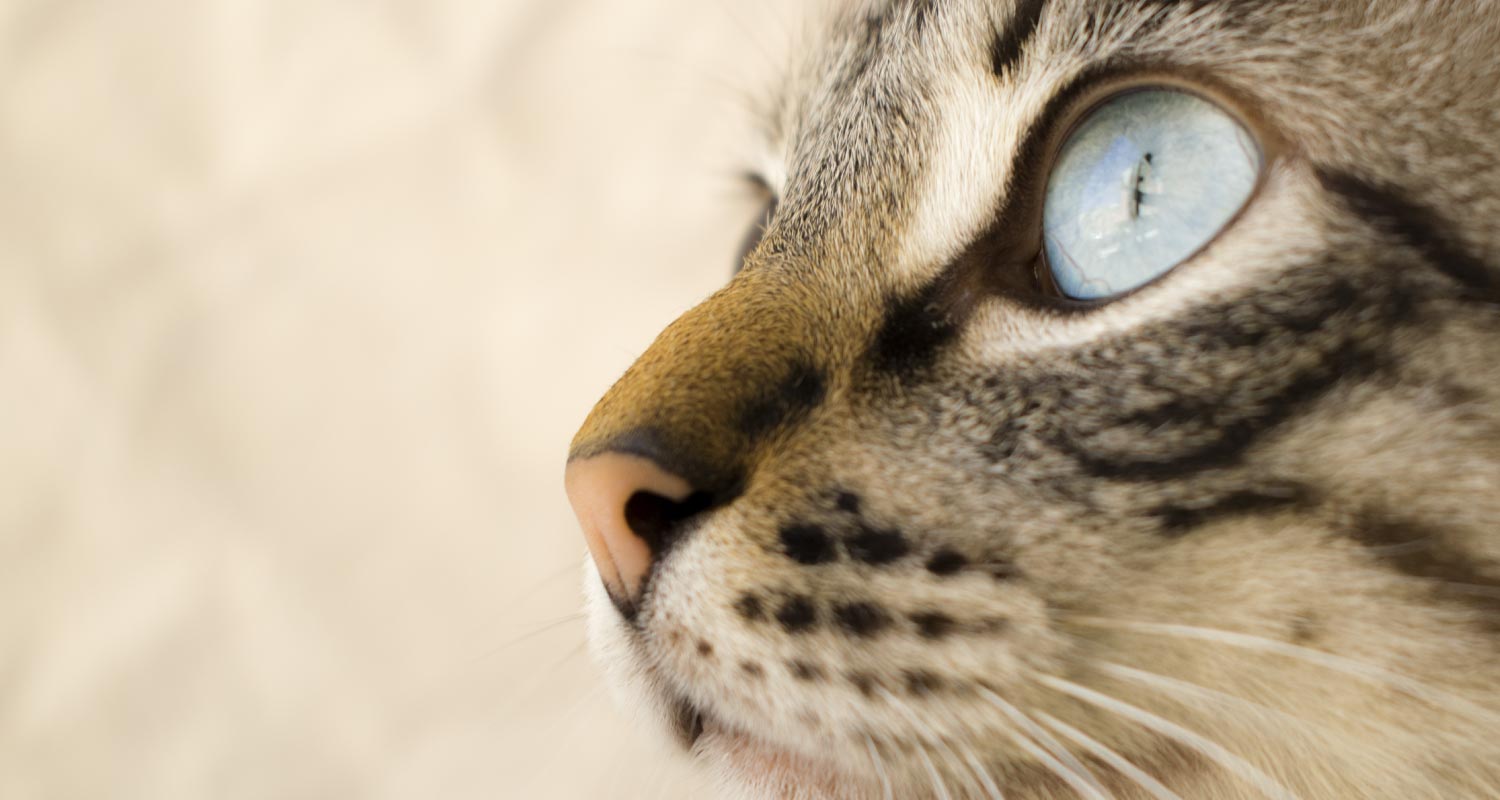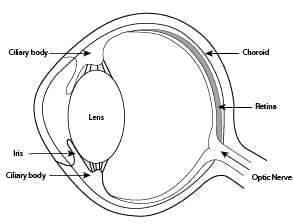HEALTH & WELLNESS

TRENDING

SIGN UP and Start Receiving
Our Monthly Newsletter,
The Chronicles
Eye Inflammation (Anterior Uveitis) in Cats

WHAT IS ANTERIOR UVEITIS IN CATS?
Uveitis is one of the most common eye disorders in cats and can be extremely serious. Without medical attention, your cat’s eyesight is at great risk.
Uveitis is inflammation of the uvea, which is the dark tissue at the front of the eye that contains the blood vessels. This includes the iris (the coloured layer around the pupil), ciliary body, and choroid (see diagram below).
When the uvea becomes inflamed, the condition is referred to as anterior uveitis (inflammation of the front of the eye).

WHAT ARE THE SYMPTOMS OF ANTERIOR UVEITIS?
Uveitis can have many clinical signs. The most common symptom of uveitis is a colour change to the eye(s) that may be cloudy or red.
Other symptoms may include:
- Pain
- Squinting
- Pawing at the eye
- Sensitivity to light
- Redness in the white part of the eye
- Excessive tearing
- Watery discharge
- Abnormal size or uneven shape of pupil
- Swollen eyeball
- Cloudiness or dullness of the front of the eye
- The colour of the iris may be different than normal or uneven
- Redness or protrusion of the third eyelid
WHAT ARE THE CAUSE OF ANTERIOR UVEITIS?
The cause can often be challenging to identify, even with extensive diagnostic tests.
Common causes of anterior uveitis in cats include:
- Tumours
- Cancers
- Autoimmune diseases
- Metabolic diseases
- Lens protein entering into the eye fluid
- Trauma or injury
- Viruses
- Infections: Fungi; Bacteria; Parasites; Rickettsia (a parasitic disease found in many ticks, fleas and lice)
WHAT IS THE TREATMENT FOR ANTERIOR UVEITIS?
Treatment will depend on the underlying cause. It generally consists of prescribed drops or ointments to put in the cat’s eye, as well as oral medications to reduce any pain or inflammation.
If an infection is found, an antibiotic topical drug will be prescribed. If the underlying cause is a fungus, anti-fungal drugs will be prescribed.
In some situations for example, if there is a tumour, the veterinarian may recommend surgery to remove the eye.
Luckily, there is treatment that brings pain relief.
Related Articles













